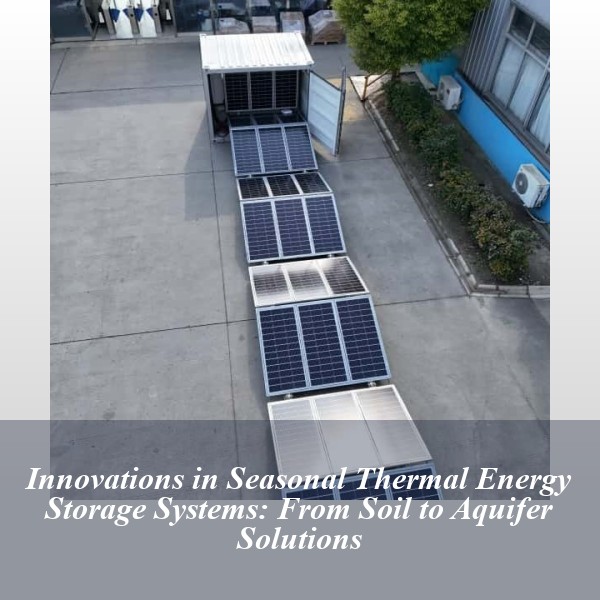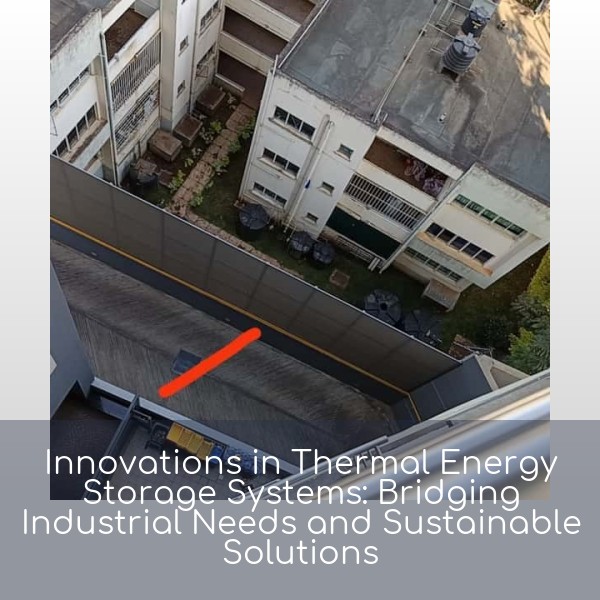Innovations in Seasonal Thermal Energy Storage Systems: From Soil to Aquifer Solutions

What Makes Seasonal Thermal Energy Storage a Game-Changer?
Imagine storing summer sunshine to warm your home in winter – that’s the magic of seasonal thermal energy storage (STES). This technology has evolved from theoretical models to operational systems, with projects like New York’s Mid-Island Postal Facility demonstrating 24-hour climate control using aquifer-based solutions. Let’s unpack why engineers call this the "thermal banking" revolution.
Underground Thermal Vaults: How Different Technologies Stack Up
1. Soil-Based Storage: Nature’s Insulation
The Lawrence Berkeley Lab’s decade-long study (1991) revealed unsaturated soils can retain up to 60-70% of injected heat across seasons. Key factors:
- Optimal depth: 5-15 meters below frost line
- Ideal soil composition: 40% sand/60% clay mix
- Thermal loss rate: <1.5% per month
2. Aquifer Thermal Energy Storage (ATES): Water-Based Efficiency
New York’s postal facility (1992 case study) achieved:
- 34% reduction in HVAC energy costs
- Dual-well system operation:
- Winter: Charge "cold wells" at 4°C
- Summer: Discharge at 18°C for cooling
3. Ice Storage: The Cool Counterpart
Argonne National Lab’s heat pipe technology (1982) demonstrated:
- Ice production rate: 2.3 tons/day per 100m² collector
- Storage efficiency: 89% over 6-month periods
- Cost: $0.045/kWh for peak-shaving applications
The Nuts and Bolts of System Design
Recent modeling breakthroughs (Aspen Hysys, 2019) enable:
- Solar fraction optimization up to 82%
- 3D thermal mapping of storage reservoirs
- Hybrid system simulations (solar collectors + gas boilers)
Real-World Challenges: Lessons from the Field
The Minnesota field tests (1980-1991) exposed critical operational hurdles:
| Challenge | Solution | Efficiency Impact |
|---|---|---|
| Thermal stratification | Graded filter layers | +15% storage capacity |
| Microbial growth | UV pretreatment | Reduced maintenance by 40% |
Future Horizons: Where’s the Heat Heading?
The International Energy Agency’s CSHPSS program reveals emerging trends:
- Molten salt hybrids for industrial applications
- AI-driven thermal load forecasting
- District heating networks with 5-7 year ROI periods
For researchers seeking detailed technical specifications, the Battelle Pacific Northwest Labs’ Aquifer Thermal Energy Storage Reference Manual remains the go-to resource, despite its 1980 publication date. Contemporary studies continue to validate its core principles while adapting them to modern materials and control systems.
- Pre: Capacity Factor of Energy Storage: The Secret Sauce Behind Reliable Power Systems
- Next: Why Nevada is Becoming America's Energy Storage Powerhouse
Related Contents

Innovations in Thermal Energy Storage Systems: Bridging Industrial Needs and Sustainable Solutions
Imagine capturing wasted heat from steel mills and using it to power cement factories – that's the magic of thermal energy storage (TES) systems. These unsung heroes of industrial energy management have evolved from simple heat banks to sophisticated systems integrating phase-change materials and fluidized bed heat exchangers. Let's explore how modern TES technologies are rewriting the rules of energy conservation.

Unlocking the Hidden Power of Thermal Energy Storage: From Molten Salt to Seasonal Solutions
storing heat sounds about as exciting as watching paint dry. But this unassuming technology is making solar plants work after sunset and keeping factories running without fossil fuels. Thermal energy storage (TES) operates like a culinary masterchef, carefully preserving thermal "ingredients" until they're needed for the perfect energy recipe.

Mastering the Design of Thermal Energy Storage Systems: From Concept to Cutting-Edge Solutions
Ever wondered how your favorite ice cream stays frozen during a blackout? The secret sauce might just lie in the design of thermal energy storage systems - the unsung heroes of modern energy management. As our world pivots toward renewable energy, these systems are becoming the Swiss Army knives of sustainable infrastructure, balancing supply and demand like a cosmic thermostat.
